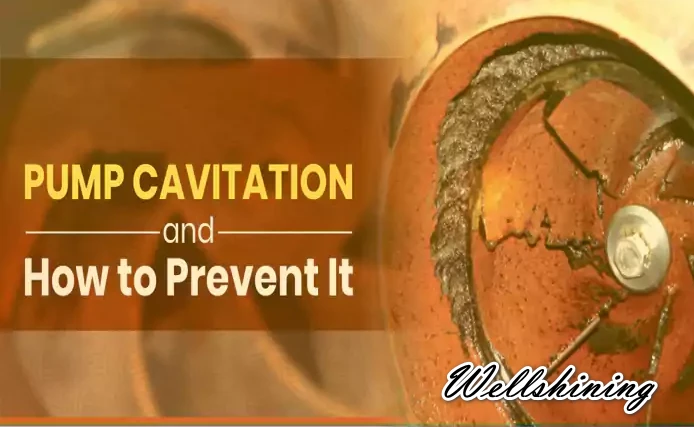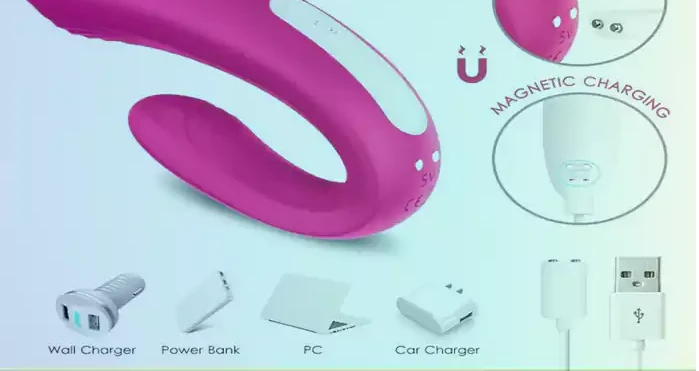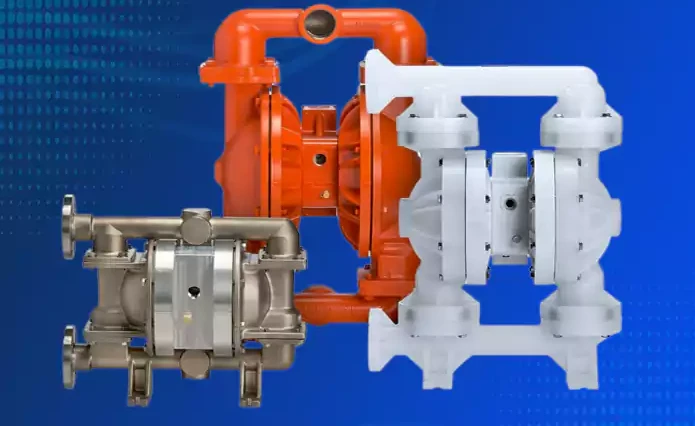Pump Cavitation: A Comprehensive Guide to Causes, Effects, and Prevention

Pumps are essential components in various industries, from water treatment plants to manufacturing facilities. They play a pivotal role in moving fluids from one place to another, making them indispensable for many processes. However, pumps can face a common yet detrimental issue known as cavitation. In this comprehensive guide, we’ll delve into the world of pump cavitation, exploring its causes, effects, and most importantly, how to prevent it.
Table of Contents
- Introduction
- Understanding Pump Cavitation
- What is Pump Cavitation?
- How Does Cavitation Occur?
- Causes of Pump Cavitation
- Insufficient Net Positive Suction Head (NPSH)
- High Liquid Velocity
- Vaporous Cavitation
- Air Entrainment
- Effects of Pump Cavitation
- Erosion and Damage
- Reduced Pump Efficiency
- Noise and Vibration
- Preventing Pump Cavitation
- Proper NPSH Calculation
- Impeller and Pump Design
- Controlling Liquid Velocity
- Air Handling Systems
- Cavitation Detection and Monitoring
- Noise and Vibration Analysis
- Vibration Sensors
- Acoustic Sensors
- Common Misconceptions
- Busting Myths about Cavitation
- Conclusion
- Frequently Asked Questions (FAQs)
Introduction
Pumps are vital for countless industrial processes, but they can suffer from a potentially destructive problem: cavitation. This guide will explore what cavitation is, what causes it, its adverse effects, and most importantly, how to prevent it.
Understanding Pump Cavitation
What is Pump Cavitation?
Pump cavitation is the formation and subsequent collapse of vapor or air bubbles in a pump’s liquid-handling components. It occurs when the pressure in a liquid drops below its vapor pressure, leading to the creation of bubbles, which, when they implode, can damage pump internals.
How Does Cavitation Occur?
Understanding how cavitation happens is crucial to prevent it. We’ll delve into the science behind this phenomenon.
Causes of Pump Cavitation
Cavitation can be attributed to several factors, including:
Insufficient Net Positive Suction Head (NPSH)
Insufficient NPSH can lead to a drop in pressure, causing cavitation to occur. We’ll explore NPSH in more detail.
High Liquid Velocity
Excessive liquid velocity within the pump can trigger cavitation. Learn how to manage liquid flow rates effectively.
Vaporous Cavitation
Vaporous cavitation is a specific type of cavitation that occurs under particular conditions. We’ll uncover what those conditions are.
Air Entrainment
Air entrainment is a common cause of cavitation. We’ll discuss methods to prevent air from entering the pump.
Effects of Pump Cavitation
Understanding the effects of cavitation is crucial for recognizing and addressing it promptly.
Erosion and Damage
Cavitation can lead to severe damage within the pump, including erosion and pitting of surfaces.
Reduced Pump Efficiency
Cavitation can significantly reduce a pump’s efficiency, impacting overall system performance.
Noise and Vibration
Cavitation often manifests as noise and vibration. Discover how to identify these warning signs.
Preventing Pump Cavitation
Preventing cavitation involves a combination of design, maintenance, and operational considerations.
Proper NPSH Calculation
Calculating the Net Positive Suction Head correctly is fundamental to prevent cavitation.
Impeller and Pump Design
The design of the pump and impeller plays a crucial role in cavitation prevention. We’ll discuss design considerations.
Controlling Liquid Velocity
Managing liquid flow rates and velocities is essential. We’ll explore strategies for achieving this.
Air Handling Systems
Effective air handling can prevent air entrainment and reduce the risk of cavitation.
Cavitation Detection and Monitoring
Proactive monitoring and early detection are key to managing cavitation risks.
Noise and Vibration Analysis
Learn how to use noise and vibration analysis as diagnostic tools.
Vibration Sensors
Vibration sensors can provide real-time data on pump performance and the presence of cavitation.
Acoustic Sensors
Acoustic sensors are valuable tools for detecting cavitation in its early stages.
Common Misconceptions
We’ll debunk some common myths and misconceptions surrounding cavitation, ensuring you have accurate information.
Conclusion
Pump cavitation can be a severe issue with far-reaching consequences. Preventing it is not only essential for pump longevity but also for the efficiency and reliability of industrial processes.
Read more Please click on this link 4 Types Of Car Damage & What To Do About Them
Frequently Asked Questions (FAQs)
- What are the primary causes of pump cavitation?
The main causes of pump cavitation include insufficient Net Positive Suction Head (NPSH), high liquid velocity, vaporous cavitation, and air entrainment.
- How can I detect pump cavitation in its early stages?
Early detection of pump cavitation can be achieved through noise and vibration analysis, vibration sensors, and acoustic sensors.
- What are the typical effects of pump cavitation on pump performance?
Pump cavitation can lead to erosion and damage to pump components, reduced pump efficiency, as well as noise and vibration.
- Is it possible to retrofit an existing pump to prevent cavitation?
Yes, existing pumps can often be retrofitted or modified to reduce the risk of cavitation. This may involve changes to impeller design, liquid flow rates, or air handling systems.
- Are there any common misconceptions about pump cavitation that I should be aware of?
Yes, there are several misconceptions about pump cavitation. For example, some believe that increasing pump speed always leads to cavitation, which is not necessarily true. Understanding the specific conditions and variables is key to preventing cavitation effectively.




